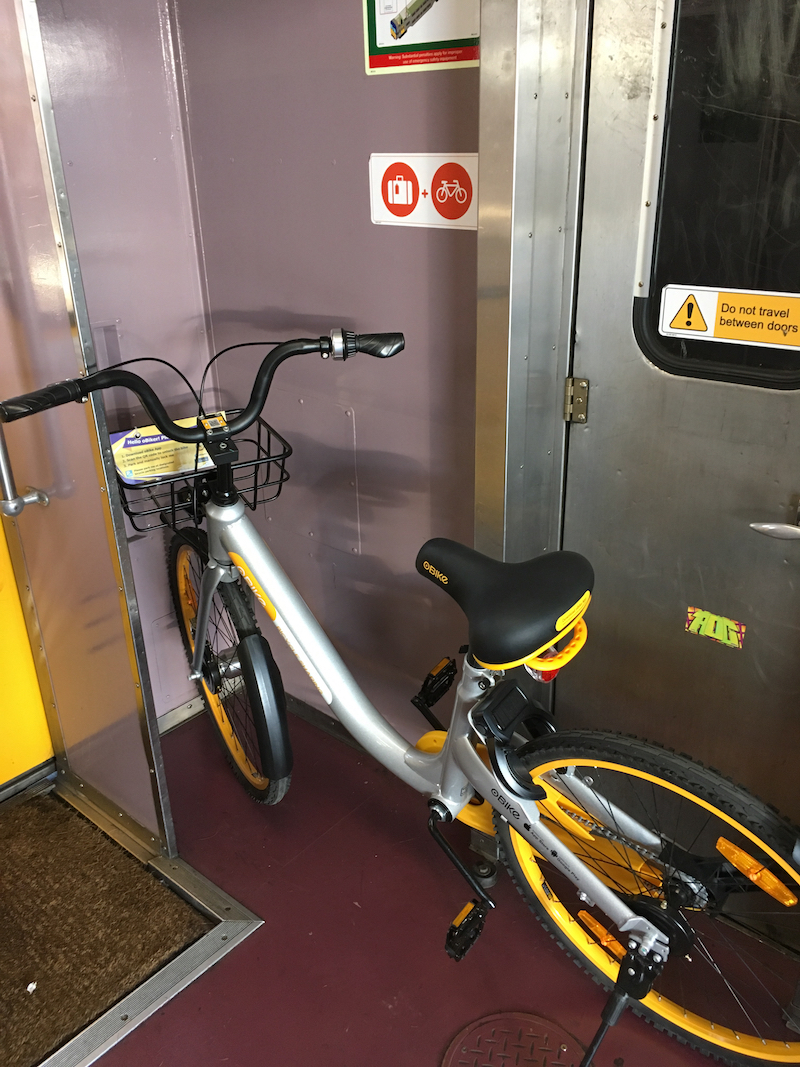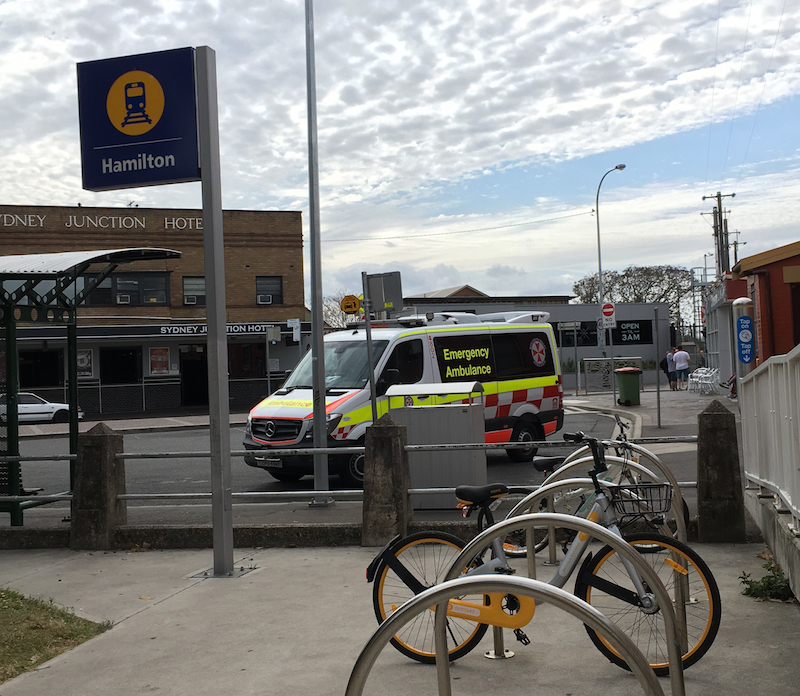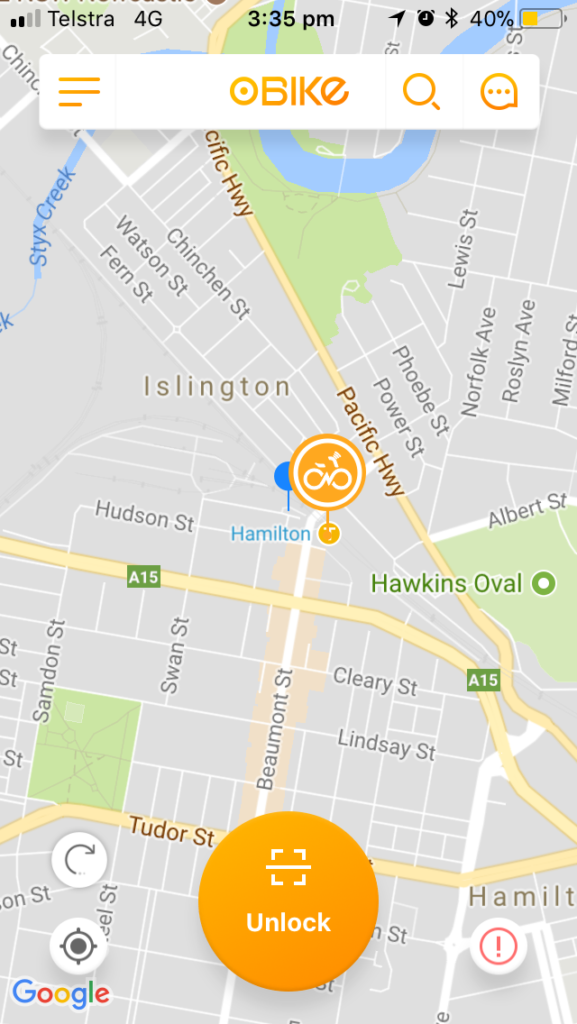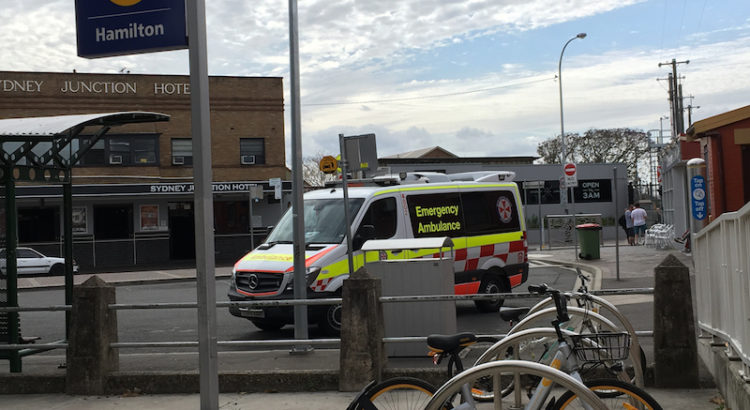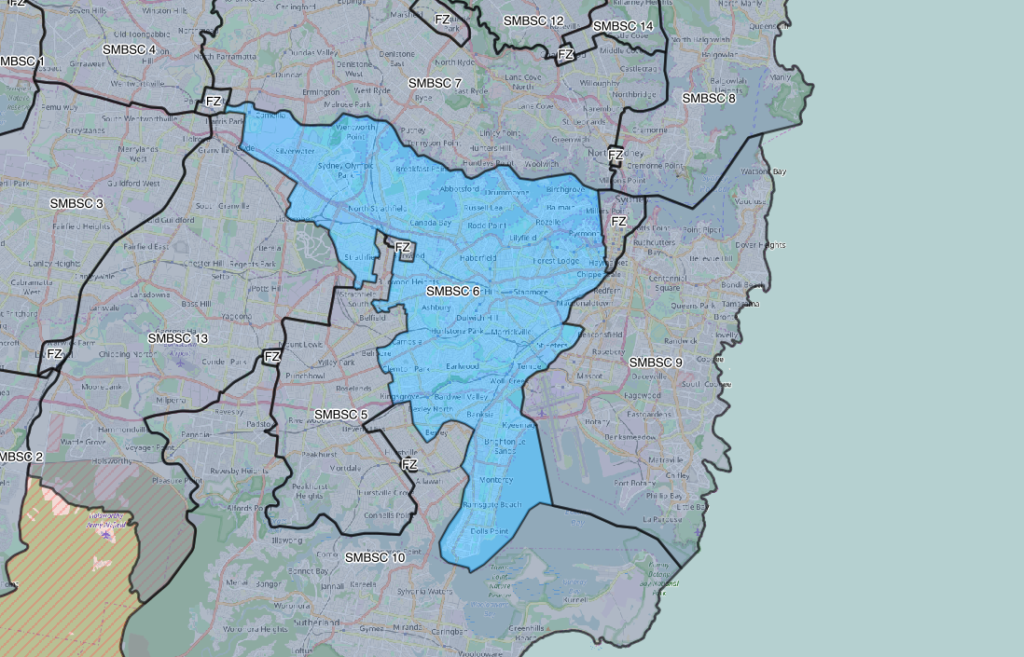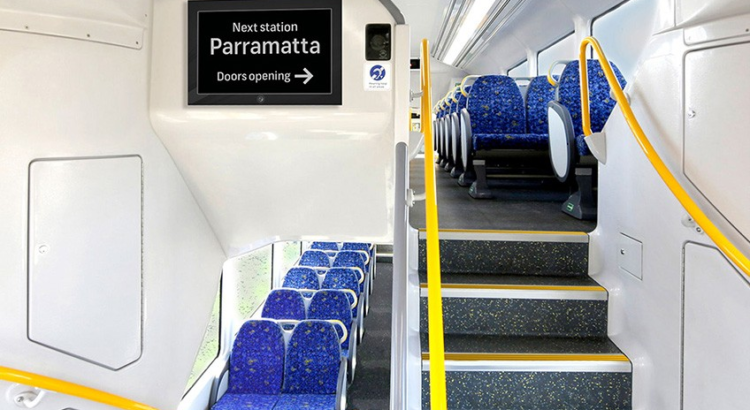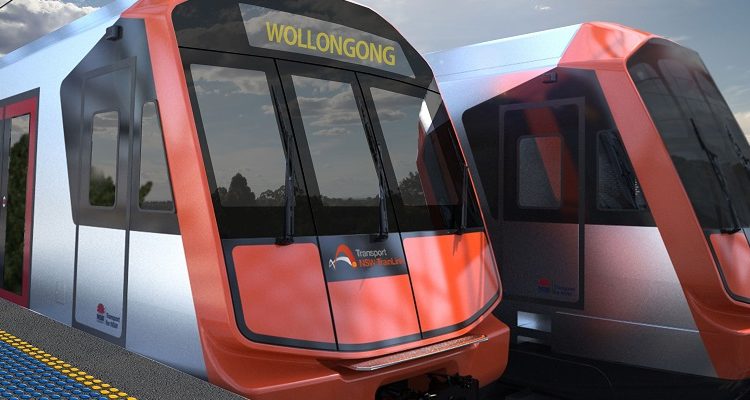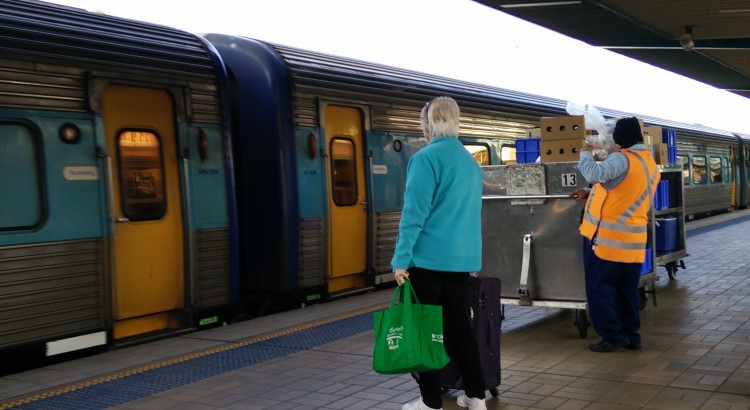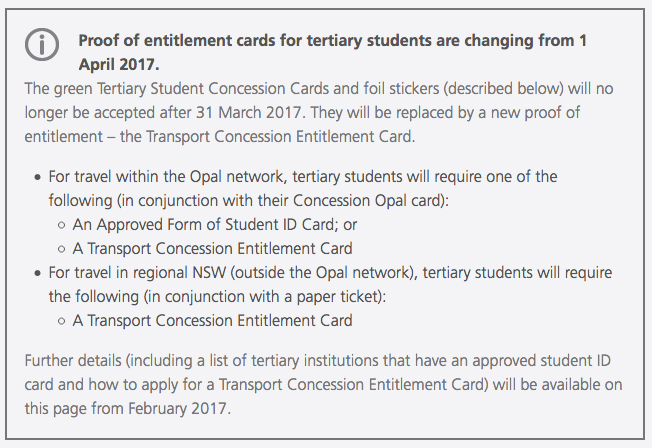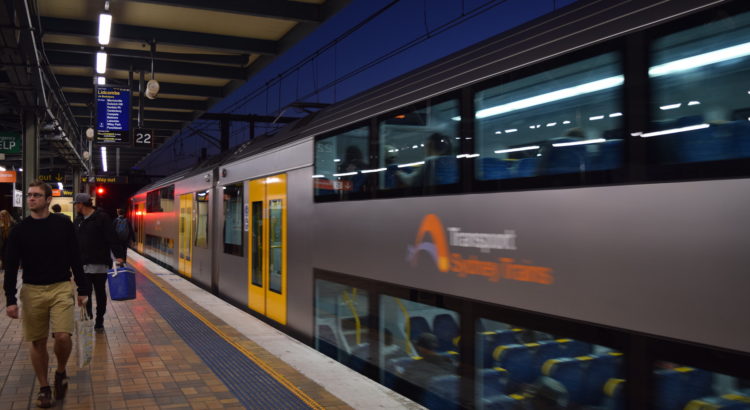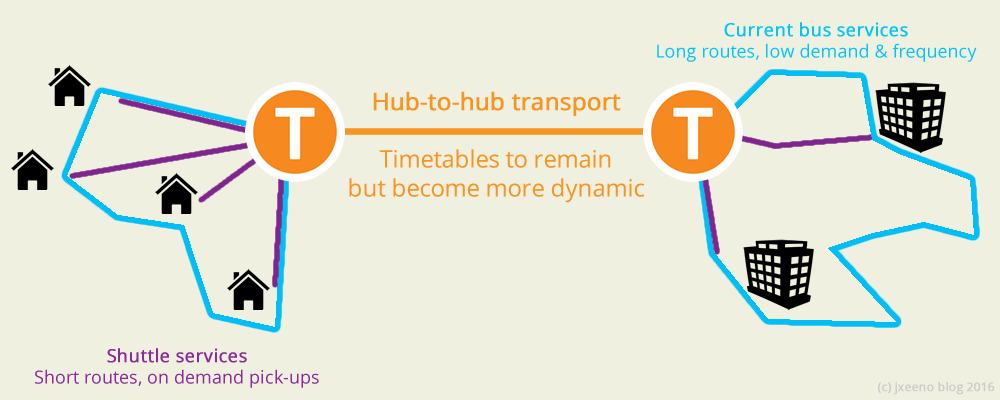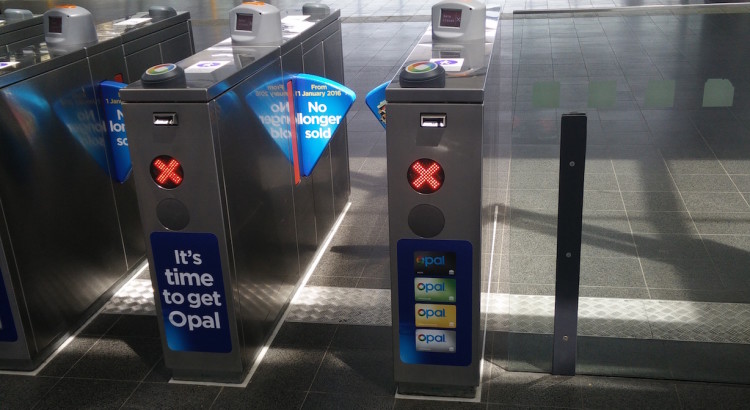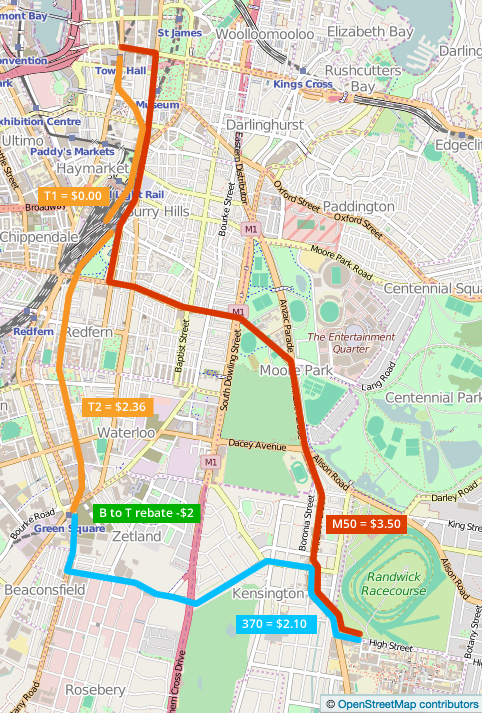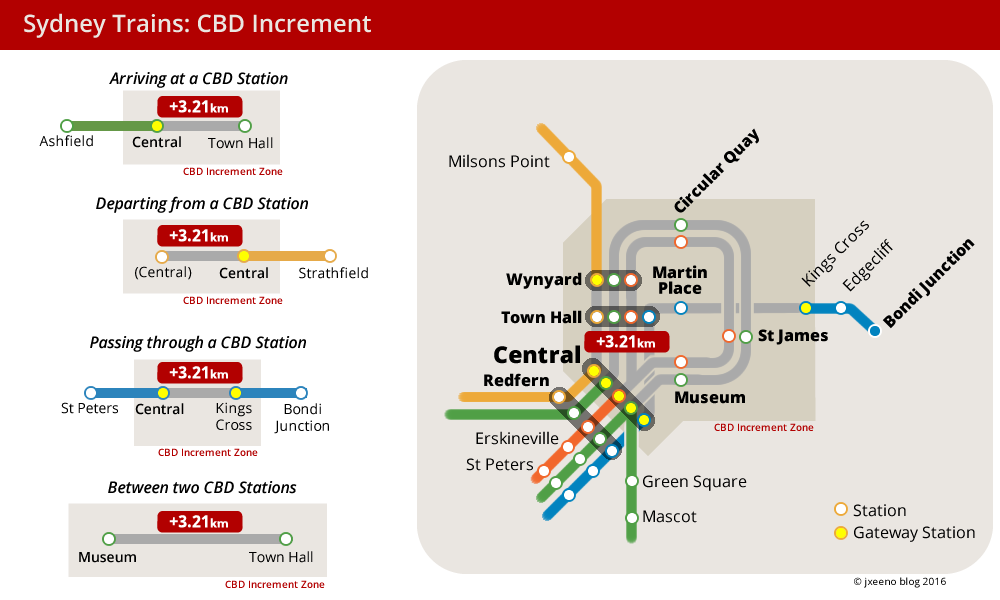| 560s |
Ashfield Station to Trinity Grammar Summer Hill |
| 561s |
Balmain to Newington College |
| 562s |
Trinity Grammar Summer Hill to Ashfield Station |
| 563s |
Summer Hill Station to Trinity Grammar Summer Hill |
| 565s |
Kingsgrove Station to Trinity Grammar Summer Hill |
| 566s |
Trinity Grammar Summer Hill to Kingsgrove Station |
| 567s |
Rockdale Stn to Moorefield Girls High |
| 568s |
Strathfield Station to Rosebank College |
| 569s |
Rosebank College to Pemberton & Arthur Sts Strathfield |
| 570s |
Rosebank College to Five Dock Shops |
| 571s |
Rosebank College to Five Dock Shops |
| 572s |
Rosebank College Five Dock to Croydon Park |
| 573s |
Rosebank College to Concord Hospital |
| 574s |
Rosebank College to Homebush Station |
| 575s |
Homebush Station to Rosebank College |
| 576s |
Rosebank College to Canterbury Station |
| 577s |
Rodd Point to St. Patricks Strathfield |
| 578s |
St. Patricks Strathfield to Five Dock Shops |
| 579s |
Strathfield Stn to St. Patricks Strathfield |
| 580s |
St Patricks Strathfield to Punchbowl Rd, Belfield |
| 581s |
St. Patricks Strathfield to Belmore Station |
| 582s |
Drummoyne to St. Patricks Strathfield |
| 583s |
St. Patricks Strathfield to Five Dock Shops |
| 584s |
St. Patricks Strathfield to Rhodes Station |
| 585s |
St. Patricks Strathfield to Burwood & Parramatta Rds |
| 586s |
St. Patricks Strathfield to Burwood & Parramatta Rds |
| 587s |
St. Patricks Strathfield to Burwood Stn |
| 588s |
Burwood to St. Patricks Strathfield |
| 589s |
St. Patricks Strathfield to Ashfield Station |
| 590s |
De La Salle Ashfield to Hurlstone Park Station |
| 591s |
De La Salle Ashfield to Rodd Point |
| 592s |
Bethlehem College to Strathfield Stn |
| 593s |
Haberfield to Homebush Public School |
| 595s |
Parramatta Rd & Dalhousie Sts to Burwood Girls High |
| 596s |
Burwood Girls High to Leichhardt Town Hall |
| 597s |
Burwood Girls High to Georges River Rd & Burwood Rd |
| 598s |
Earlwood to Hunters Hill High |
| 600s |
Strathfield Girls High to Strathfield Stn |
| 601s |
Strathfield Girls High to Concord Hospital |
| 602s |
Strathfield Girls High to Ashfield Station |
| 603s |
Strathfield Girls High to David St & Liverpool Rd, Burwood |
| 604s |
Burwood Stn to Strathfield Girls High |
| 605s |
Strathfield Girls High to Burwood Rd & Gipps St,Concord |
| 606s |
Earlwood to Christian Bros Lewisham |
| 607s |
Kingsgrove Depot to Christian Bros Lewisham |
| 608s |
Christian Bros Lewisham to Undercliffe (Cooks River Bridge) |
| 609s |
Campsie Station to Christian Bros Lewisham |
| 610s |
Christian Bros Lewisham to Kingsgrove Station |
| 611s |
Belfield (Punchbowl Rd) to Christian Bros Lewisham |
| 612s |
Christian Bros Lewisham to Belfield (Punchbowl Rd) |
| 613s |
Georges River & Burwood Rds to Christian Bros Lewisham |
| 614s |
Five Dock Shops to Christian Bros Lewisham |
| 615s |
Concord Shops to Christian Bros Lewisham |
| 616s |
Concord Shops to Christian Bros Lewisham |
| 617s |
Campsie Station to Christian Bros Lewisham |
| 618s |
Campsie Station to Christian Bros Lewisham |
| 619s |
Christian Bros Lewisham to Campsie Station |
| 620s |
Christian Bros Lewisham to Earlwood |
| 621s |
St.Maroun School to Bexley Rd & William St (Kingsgrove) |
| 622s |
Kingsgrove North High to Belmore Station |
| 623s |
Kingsgrove North HS to Earlwood |
| 624s |
Campsie Station to Kingsgrove Depot |
| 625s |
Clarke St, Earlwood to Belmore Station |
| 626s |
Santa Sabina Strathfield to Drummoyne |
| 627s |
Santa Sabina Strathfield to Five Dock Shops |
| 628s |
Bexley Rd & William St to Canterbury Boys High |
| 629s |
Canterbury Girls High to Earlwood |
| 630s |
Canterbury Girls High to Belmore Station |
| 631s |
Canterbury Boys High to Belmore Station |
| 632s |
Campsie Station to Canterbury Boys High |
| 633s |
Dulwich Hill Shops to Canterbury Primary |
| 634s |
Canterbury Primary to Dulwich Hill Shops |
| 635s |
St. Marthas Strathfield to Drummoyne |
| 636s |
Bexley Rd & William St, Kingsgrove to Kingsgrove High |
| 637s |
Bexley Post Office to Kingsgrove High |
| 638s |
Canterbury Rd & Tincombe St, Canterbury to Kingsgrove High |
| 639s |
Greenhills St & Liverpool Rd, Croydon to Kingsgrove High |
| 640s |
Kingsgrove Primary to Campsie Station |
| 641s |
Kingsgrove High to Rockdale Stn |
| 642s |
Georges River Rd & Brighton Ave to Kingsgrove High |
| 643s |
Canterbury Rd & Beamish St, Campsie to Kingsgrove High |
| 644s |
Marrickville High to Kingsgrove Depot |
| 645s |
Kingsgrove to St. Scholasticas, Glebe |
| 646s |
Canterbury to St Scholastics |
| 647s |
Railway Square to St. Scholasticas, Glebe |
| 648s |
St. Scholasticas, Glebe to Balmain (Gladstone Pk) |
| 650s |
St. Scholasticas, Glebe to Parramatta Rd & Dalhousie Sts |
| 651s |
City to Balmain High |
| 652s |
Balmain High to City |
| 654s |
Canterbury Station to Balmain High |
| 655s |
Dalhousie & Deakin to Concord High School |
| 656s |
Concord High School to Five Dock Shops |
| 657s |
Concord High School to Chiswick |
| 658s |
Annandale to Concord High School |
| 659s |
Drummoyne to Concord High School |
| 660s |
Concord High School to Burwood, Westfield |
| 661s |
Burwood Stn to Concord High School |
| 662s |
Concord High School to Mortlake |
| 663s |
Concord High School to Drummoyne |
| 664s |
Parramatta Rd, Petersham to Rosebank College |
| 670s |
Domremy College Five Dock to Leichhardt Town Hall |
| 671s |
Earlwood to Domremy College, Five Dock |
| 672s |
Domremy College. Five Dock to Campsie Station |
| 673s |
Domremy College to Burwood |
| 674s |
Concord Road & Victoria Street to Domremy College |
| 675s |
Domremy College to Burwood & Canterbury Rds |
| 676s |
Burwood & Canterbury Rds to Domremy College, Five Dock |
| 677s |
Domremy College to Concord Shops |
| 678s |
Domremy College to Campsie Station |
| 679s |
Kingsgrove Depot to Domremy College |
| 680s |
Balmain (Gladstone Pk) to Fort Street High |
| 681s |
Fort Street High to Strathfield Stn |
| 682s |
Fort Street High to Balmain (Gladstone Pk) |
| 683s |
Blackwattle Bay Campus (Glebe High) to Canterbury Station |
| 684s |
Blackwattle Bay Campus (Glebe High) to Newtown Bridge |
| 685s |
Blackwattle Bay Campus (Glebe High) to Millers Point |
| 690s |
Blackwattle City Campus – Balmain |
| 691s |
Blackwattle City Campus – Leichhardt Market |
| 692s |
Blackwattle Bay Campus (Glebe High) to City |
| 693s |
City to Blackwattle Bay Campus (Glebe High) |
| 700s |
Earlwood to Tempe High |
| 701s |
St. Pius, Enmore to Tempe |
| 702s |
Rockdale Stn to St. Pius, Enmore |
| 710s |
Homebush Boys High to Cabarita Junction |
| 711s |
Homebush Boys High to Concord Hospital |
| 712s |
Homebush Public School to Strathfield Stn |
| 713s |
Broughton St & Parramatta Rd,Burwood to Homebush Boys High |
| 714s |
Strathfield Stn to Homebush Public School |
| 715s |
St. Marys Concord to Homebush Station |
| 718s |
Ashfield Boys High School to Broadway, Enfield |
| 720s |
St. George Girls High to Campsie Station |
| 721s |
Campsie Station to St. George Girls High |
| 725s |
De La Salle Ashfield to Liverpool Rd, Strathfield |
| 726s |
De La Salle Ashfield to Earlwood |
| 730s |
Endeavour High to Rockdale Stn |
| 731s |
Rockdale Stn to Miranda Station |
| 732s |
Rockdale Stn to Brighton Public School |
| 733s |
Kogarah Station to Endeavour High |
| 734s |
Endeavour High to Ramsgate & Rocky Pt Rds, Ramsgate |
| 735s |
St. Ursulas Kingsgrove to Kingsgrove Depot |
| 736s |
St. Ursulas Kingsgrove to Croydon Park |
| 738s |
Campsie Public School to Claremont & Orissa Sts Campsie |
| 740s |
John St, Pyrmont to Ultimo Primary |
| 741s |
P.L.C. Croydon to Drummoyne |
| 743s |
Earlwood to Burwood Girls High |
| 745s |
Drummoyne to Drummoyne Primary |
| 750s |
Ramsgate to Miranda |
| 751s |
Taren Point to Rockdale Stn |
| 753s |
Bankstown Hospital to Kingsgrove & Canterbury Rds, Belmore |
| 755s |
Belmore Station to Kingsgrove Station |
| 757s |
Drummoyne to Burwood Stn |
| 760s |
Newington to Concord High |
| 761s |
Newington to Concord High |
| 762s |
St. Scholasticas, Glebe to Forest Lodge Public School |
| 763s |
St. Finbars School to Ramsgate |
| 764s |
Dolls Point to Marist Bros, Kogarah |
| 765s |
Canterbury to Marist Bros, Kogarah |
| 766s |
Rockdale Stn to Moorefield Girls High |
| 767s |
Moorefield Girls High to Rockdale Stn |
| 768s |
Rockdale Stn to Endeavour High |
| 769s |
Bay St & Moate Av, Brighton to Moorefield Girls High |
| 770s |
Archery Centre, Wentworth Point to Concord High School |
| 780s |
Burwood Stn to Homebush Boys High |
| 781s |
Georges River Rd & Walsh Ave to Homebush Boys High |
